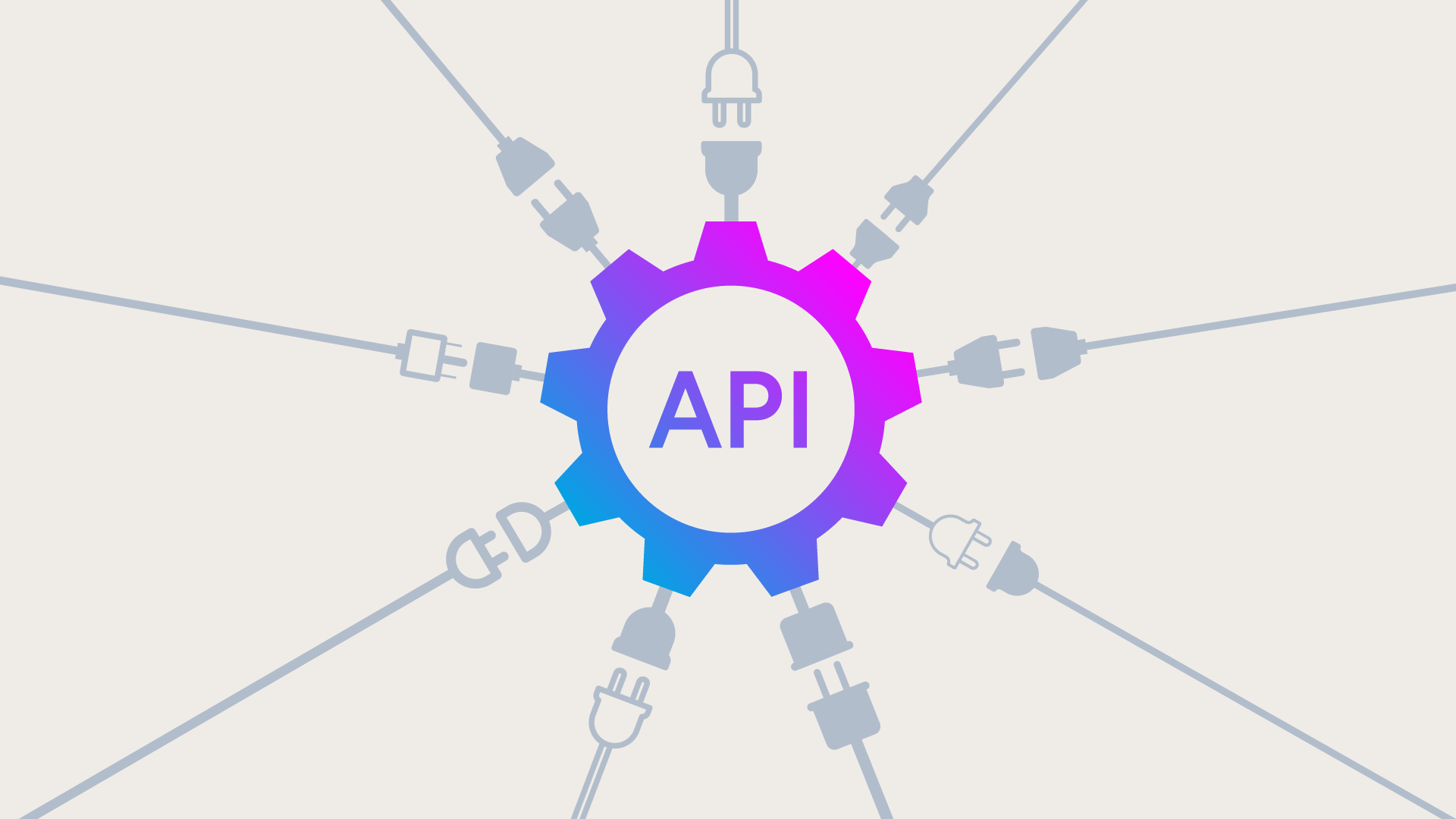The last decade was the decade of the app, the next decade is the decade of the API
Niklas Winkels
2018-05-01

Yes, I used the word “decade” 4 times in the title. 10 years is a long time, and with only two and a half decades under my belt it is a big scope to talk about
But I still remember the year 2008 vividly. The year the iPhone was released. A game-changer for the mobile phone industry. That it is already 10 years from then feels almost surreal.
It was the birth of the smartphone as we know it and with it came the rise of the app.
Back in 2008, I had a part-time student job at a local pharmacy around the corner. Once a week, I delivered medicine to retirement homes and people who were physically not able to pick up drugs on their own.
I would cycle around my hometown for 6 hours doing delivery tours, whatever the weather. Not a bad job per se, as long as the sun was shining.
And as long as the iPhone in my pocket still had enough battery. I could not only listen to my favourite music (do you remember Pandora Radio or GrooveShark? 😅) but I could also look up directions for my delivery tours and call friends while cycling.
All with different apps, of course.
The decade of the app
It suddenly seemed like there was an app for everything, and to have all these different apps meant the data and content of each app wasn’t shared with the other apps. A classic example of data silos causing a bad user experience. I remember having an app to take notes of my favourite tunes and a separate list of songs in the app “Shazam”.
Also, you often had to make compromises since certain apps were either available for iPhone but not for Android or the other way around. Talk about vendor lock-in.
With the rise of the app also came so-called mobile-first content management systems or mobile CMS. These contained the same storage and content delivery you would expect in a web CMS, with a reimagined architecture that made it easy to extend that content to mobile devices.
The decade of the API
Now, 2018, 10 years later, there is not just an app for everything but businesses offer almost anything as a service. Oftentimes via a web app. And with the rise of digital touchpoints that businesses needed to manage came the rise of the Application Programming Interfaces (API).
Finally, the break down of data silos had begun.
The potential of APIs is not just due to creating distributed apps, but building in a collaborative, modular, scalable and portable way. It pushes businesses to a more transparent way of developing and it opens up new methods to design web and mobile applications.
Today, integrations are seen as standard best practice.
Every business, from enterprise to a 1-man show, offers an API nowadays.
And this trend doesn’t just benefit developers.
Take companies like Zapier for example. Zapier moves info between apps automatically and anyone can build workflows with a few clicks.
Going back to 2008, and my problem with having separate apps to listen to music and make notes about songs, I could now easily sync data between apps without development help.
Just like with the rise of the app and the mobile CMS, today there are so-called API-only CMSs, aka headless CMSs. They go by various names, some even call themselves React CMSs. Again, these contain the standard web and mobile support you’d expect but have also been tweaked to easily deliver content and services to any other touchpoint via a set of APIs to an app which happens to be written in React. You can substitute React with Angular, VueJS, EmberJS or any other Javascript framework for that matter.
The gist of it all is that you can send data to any device or software and can also pull in data or content into your CMS from anywhere.
With this ability, you can finally make my apps talk to each other. You can easily integrate with third-party services and create a much better user experience through the power of APIs.
I’ve recently seen a great example of this power & openness. My colleague, Luís Pedro Lemos, built a small integration for Hippo CMS and Google Assistant. It is more of a playful experiment than an enterprise level feature but I can now create blog posts in the CMS with my voice by using Google's APIs.
Today, I no longer work at my local pharmacy delivering medicine to retirement homes. I don’t have to cycle through my hometown for 6 hours anymore. But in just 10 years, the amount of change that APIs can make to day-to-day life is incredible.
The move to radically open tech is the future. 🚀

